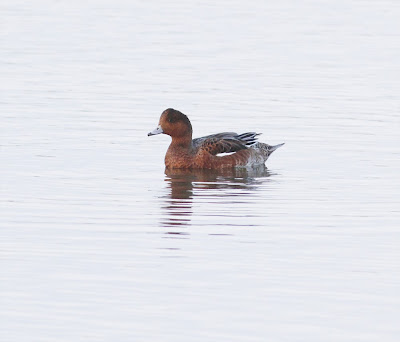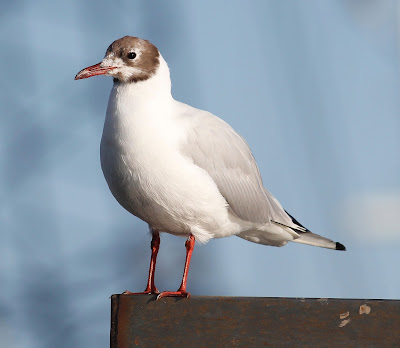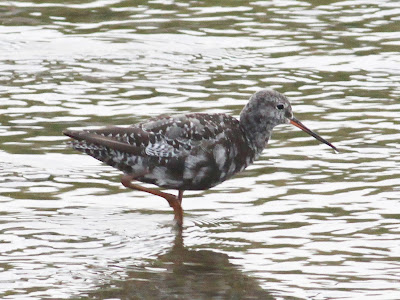Another Bird Blog is taking a day off from birding today, doing a few chores, watching the Hungarian Grand Prix and indulging in a spot of garden ringing in pursuit of Goldfinches.
There's been a good number of juvenile Goldfinches appearing on the feeders together with one or two adults.
Goldfinch
Goldfinch
Goldfinch
A Woodpigeon blundered into the net and handling a monster like this takes some adjustment after working with tiny Goldfinches. The woody proved to be a female, males usually bigger, the wing measurement a way to sometimes determine the sex.
Woodpigeon
Here's an unusual news story concerning a ringed bird. After posting a picture of a Kestrel yesterday I later and quite accidentally found the following story buried in Saturday's newspaper.
“Turkish authorities have cleared a renegade bird captured in the Ağın district of the eastern province of Elazığ of suspicions of working for Israel's state-of-the-art intelligence agency. Residents of Altınavya village became suspicious that the little kestrel could be more than a bird that lost its way when they found it wore a metallic ring stamped with the words "24311 Tel Avivunia Israel," and delivered it to the district governorate.
Local authorities submitted the bird to careful medical examinations to ensure that it did not carry microchips. An X-ray test carried out at Fırat University in Elazığ finally convinced the authorities that the bird was just a simple specimen of Israeli wildlife. However, the X-ray showed the initial degree of suspicion, as the bird had been registered under the name "Israeli spy" by medical personnel.
Following the tests, the authorities decided not to press official charges and the falsely accused bird was free to fly away.”
Kestrel Spy?
Israeli use of non-human spies is apparently a large concern in the Middle East. In May of 2012, authorities in Ankara dissected a European Bee Eater after becoming concerned that it was carrying an Israeli listening device, and in December an eagle with an Israeli tag in Sudan was captured and touted as a Mossad spy.
In 2010, an Egyptian official said Israel-controlled sharks could be involved in a number of attacks on tourists in the Red Sea.
Aren't we lucky that our UK birds don't ever become embroiled in such political intrigues?
Log in soon to Another Bird Blog for more news, views, pictures and birding tales.
Linking today to World Bird Wednesday .
Linking today to World Bird Wednesday .




























.JPG)

























.jpg)












